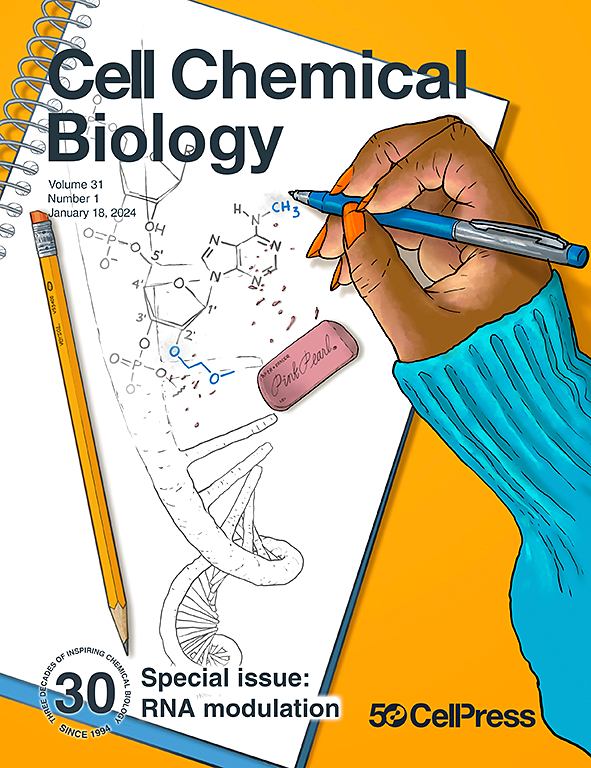放射治疗对肿瘤免疫微环境的影响
IF 7.2
1区 生物学
Q1 BIOCHEMISTRY & MOLECULAR BIOLOGY
引用次数: 0
摘要
外束放射治疗(RT)是现代癌症管理的基石,由于其安全性、有效性和广泛可用性,在治疗和姑息环境中都得到了应用。RT的主要生物学效应是DNA损伤,导致显著的细胞抑制和细胞毒性作用。重要的是,与正常细胞相比,恶性细胞具有有限的DNA修复能力,当与照射技术相结合时,可以最大限度地减少对健康组织的损伤,这创造了一个有利的治疗窗口。然而,RT的临床有效性似乎也涉及RT与肿瘤生态系统的非转化成分,特别是免疫细胞之间的直接和间接相互作用。在这篇综述中,我们描述了辐照癌细胞改变免疫肿瘤微环境的分子和细胞机制,以及这种变化如何最终影响肿瘤生长。本文章由计算机程序翻译,如有差异,请以英文原文为准。


Impact of radiation therapy on the immunological tumor microenvironment
External beam radiation therapy (RT) is a cornerstone of modern cancer management, being utilized in both curative and palliative settings due to its safety, efficacy, and widespread availability. A primary biological effect of RT is DNA damage, which leads to significant cytostatic and cytotoxic effects. Importantly, malignant cells possess a limited capacity for DNA repair compared to normal cells, and when combined with irradiation techniques that minimize damage to healthy tissues, this creates an advantageous therapeutic window. However, the clinical effectiveness of RT also appears to involve both direct and indirect interactions between RT and non-transformed components of the tumoral ecosystem, particularly immune cells. In this review, we describe the molecular and cellular mechanisms by which irradiated cancer cells modify the immunological tumor microenvironment and how such changes ultimately impact tumor growth.
求助全文
通过发布文献求助,成功后即可免费获取论文全文。
去求助
来源期刊

Cell Chemical Biology
Biochemistry, Genetics and Molecular Biology-Molecular Medicine
CiteScore
14.70
自引率
2.30%
发文量
143
期刊介绍:
Cell Chemical Biology, a Cell Press journal established in 1994 as Chemistry & Biology, focuses on publishing crucial advances in chemical biology research with broad appeal to our diverse community, spanning basic scientists to clinicians. Pioneering investigations at the chemistry-biology interface, the journal fosters collaboration between these disciplines. We encourage submissions providing significant conceptual advancements of broad interest across chemical, biological, clinical, and related fields. Particularly sought are articles utilizing chemical tools to perturb, visualize, and measure biological systems, offering unique insights into molecular mechanisms, disease biology, and therapeutics.
 求助内容:
求助内容: 应助结果提醒方式:
应助结果提醒方式:


